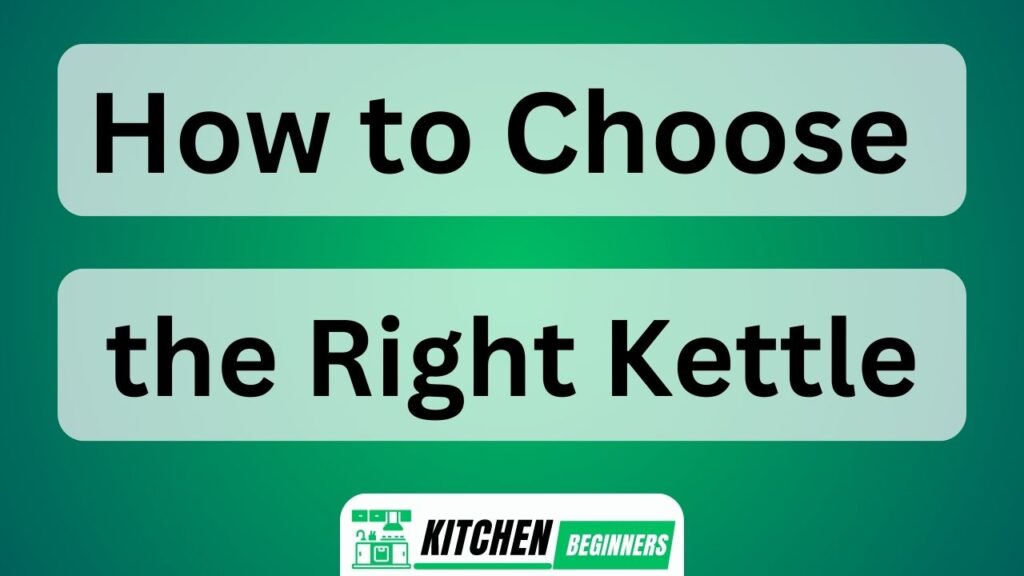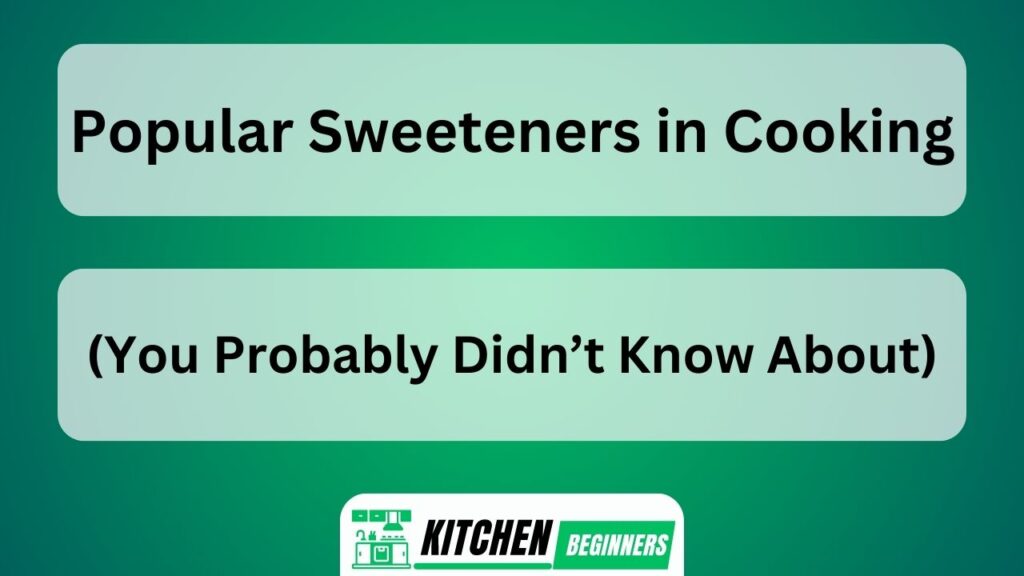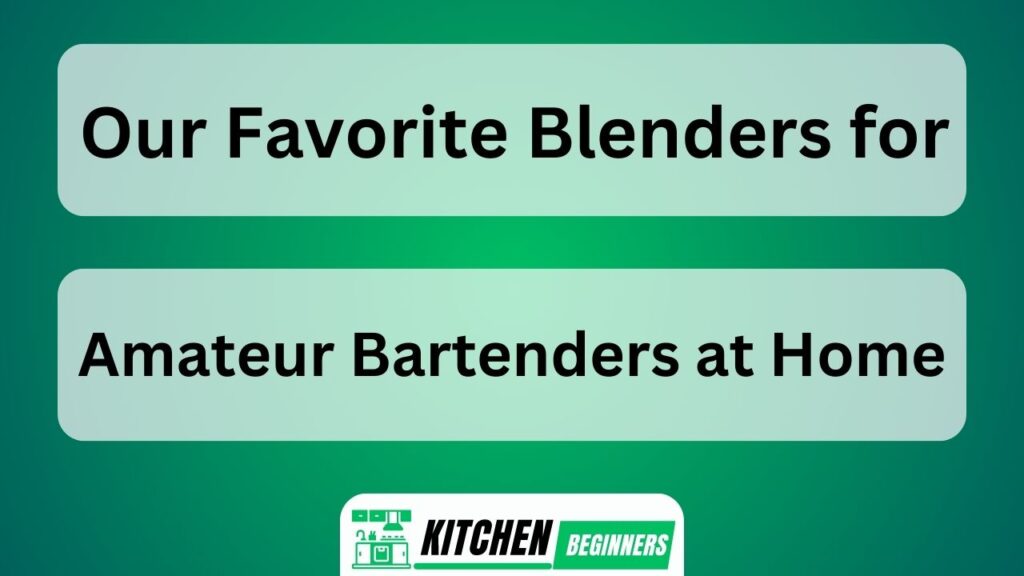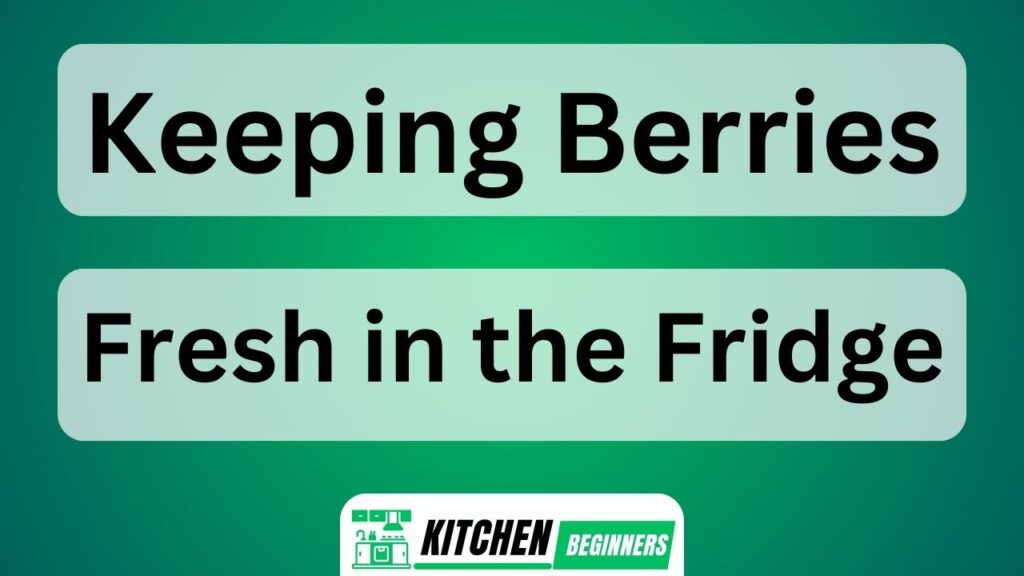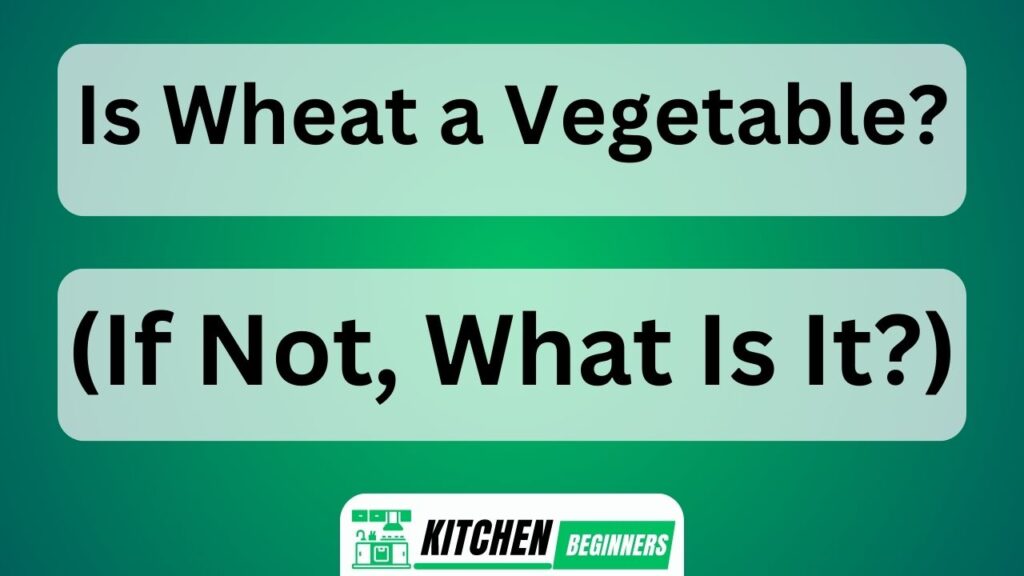Did you know that Americans consume over 400 million cups of coffee per day? With such a high demand for hot beverages, choosing the right kettle is essential.
In this informative article, readers will learn about the different types of kettles available and considerations for capacity. They will also explore the pros and cons of stainless steel versus glass kettles and evaluate heat source compatibility.
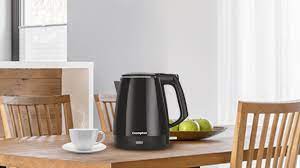
Additionally, they will discover important features to look for and budget-friendly options. Making the final decision has never been easier!
Key Takeaways of How to Choose the Right Kettle
- Consider the various types of kettles available when choosing the right one, such as electric, stovetop, and traditional kettles.
- Determine the right capacity based on household size, frequency of use, and space constraints.
- Weigh the pros and cons of stainless steel and glass materials when choosing a kettle.
- Check the heat source compatibility of the kettle, especially for glass kettles, and consider the versatility and safety they offer.
Types of Kettles
There are three main types of kettles available on the market: electric, stovetop, and traditional.
Electric kettles have gained popularity in recent years due to their convenience and speed. They heat water using electricity, allowing users to easily set the desired temperature and monitor the progress.
On the other hand, stovetop kettles require a heat source such as a gas or electric stove to boil water. They offer a more traditional way of boiling water and can add a touch of nostalgia to your kitchen.
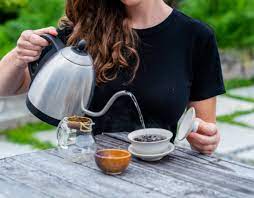
Lastly, traditional kettles are often made from materials like copper or cast iron and are heated over an open flame or hot coals. These kettles provide an authentic experience but may take longer to heat up compared to modern options.
Considering the various types of kettles available is essential when choosing the right one for your needs. Another important factor to consider is capacity.
Considerations for Capacity
When deciding on a kettle, it’s important to think about the capacity you need. There are several factors to consider when determining the right capacity for your needs:
- Household Size: Consider the number of people in your household and how much hot water they typically consume. If you have a large family or frequently host guests, a kettle with a larger capacity, such as 1.7 liters or more, would be suitable.
- Frequency of Use: If you use hot water multiple times throughout the day or require it for various purposes like cooking or making beverages, opting for a kettle with a larger capacity would be beneficial.
- Space Constraints: Take into account the available space in your kitchen or wherever you plan to keep the kettle. If you have limited countertop space, consider a compact kettle with a smaller capacity that can still meet your needs without overcrowding your kitchen.
Considering these factors will help you choose the right kettle with an appropriate capacity that suits both your requirements and space constraints.
Material Matters: Stainless Steel Vs. Glass
To make an informed decision about the material of your kettle, consider the advantages and disadvantages of stainless steel versus glass.
When it comes to durability comparison, stainless steel kettles have a clear advantage. They are highly resistant to scratches, dents, and cracks, making them more durable in the long run. Stainless steel also has excellent heat retention properties, ensuring that your water stays hot for longer periods.
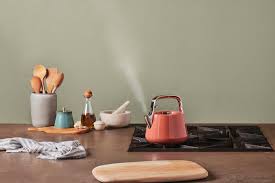
On the other hand, glass kettles have their own pros and cons. They offer a sleek and modern look that can enhance any kitchen decor. Glass is also non-reactive, meaning it won’t affect the taste or odor of your water. However, glass is more fragile than stainless steel and can crack or shatter if mishandled or exposed to sudden temperature changes.
Ultimately, it’s important to weigh these factors when choosing between stainless steel and glass for your kettle.
Evaluating Heat Source Compatibility
Glass kettles are compatible with most heat sources, including gas stoves and electric cooktops. This makes them a versatile choice for any kitchen.
When considering heat source safety, glass kettles have the advantage of being transparent, allowing users to easily monitor the boiling process without opening the lid and risking steam burns. Additionally,
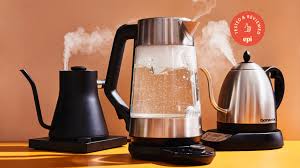 glass is a poor conductor of heat, which means that it retains heat better than other materials like stainless steel. This energy efficiency not only saves time but also reduces electricity consumption.
glass is a poor conductor of heat, which means that it retains heat better than other materials like stainless steel. This energy efficiency not only saves time but also reduces electricity consumption.
To ensure maximum compatibility and safety, it is important to check the manufacturer’s instructions or product specifications for any specific limitations regarding heat sources.
Now let’s move on to discussing the features and functions to look for in a kettle.
Features and Functions to Look for
One important feature to consider when choosing a kettle is the capacity. This determines how much water the kettle can hold at once. Kettle size can vary greatly, from compact models that hold just a few cups of water to larger ones that can hold up to 1.7 liters or more. The right size for you will depend on your specific needs and preferences. If you often entertain guests or have a large family, a larger kettle may be more suitable to ensure you have enough hot water for everyone. On the other hand, if you live alone or only need hot water occasionally, a smaller kettle may suffice.
In addition to capacity, heating speed is another important factor to consider. Nobody wants to wait forever for their water to boil! Some kettles are designed with rapid-boil technology that can heat up water in just a matter of minutes. This feature is especially beneficial for those who are always on-the-go and need their hot beverages quickly.
Budget-Friendly Options
When looking for a budget-friendly option, it’s important to consider the capacity and heating speed of the kettle. Affordable choices can still provide great performance and functionality without breaking the bank. Here are three cost-effective selections to consider:
- Compact Size: Look for a kettle with a smaller capacity if you don’t need to boil large amounts of water at once. This will save both space and energy.
- Efficient Heating: Opt for a kettle with fast heating capabilities to reduce waiting time. A rapid boil feature ensures that your water reaches boiling point quickly.
- Durable Construction: Choose a kettle made from high-quality materials that can withstand daily use and last for years to come.
By considering these factors, you can find an affordable kettle that meets your needs without compromising on quality or performance.
Now, let’s explore some tips for making the final decision on which kettle is right for you.
Tips for Making the Final Decision
To make the final decision on which kettle is best for you, consider your specific needs and preferences. Evaluating durability and comparing energy efficiency are important factors to take into account when choosing a kettle. Durability ensures that the kettle will last longer, saving you money in the long run. Energy efficiency is crucial for reducing electricity consumption and minimizing your carbon footprint.
Here is a table comparing three popular kettles:
| Kettle Model | Durability Rating | Energy Efficiency Rating |
|---|---|---|
| Brand A | 4 out of 5 | 3 out of 5 |
| Brand B | 5 out of 5 | 4 out of 5 |
| Brand C | 3 out of 5 | 2 out of |
When evaluating durability, consider the materials used for construction, such as stainless steel or borosilicate glass. Look for kettles with sturdy handles and robust components.
For energy efficiency, check if the kettle has insulation to retain heat and minimize heat loss during boiling. Additionally, look for kettles with adjustable temperature settings to prevent overheating and save energy.
Frequently Asked Questions
Are Electric Kettles More Energy-Efficient Than Stovetop Kettles?
Electric kettles are generally more energy-efficient than stovetop kettles. They use electricity to directly heat the water, whereas stovetop kettles transfer heat from a gas stove. This makes electric kettles faster and more efficient, benefiting those who prefer energy-efficient appliances.
Can I Use a Glass Kettle on an Induction Cooktop?
A glass kettle can be used on an induction cooktop, but it may have some disadvantages such as being fragile and prone to cracking. On the other hand, a stainless steel kettle has advantages like durability and heat retention.
What Is the Average Lifespan of a Kettle?
The average lifespan of a kettle depends on various factors, including usage frequency and quality. Regular maintenance, such as descaling and proper storage, can help extend its lifespan.
Are There Any Health Concerns Associated With Using Stainless Steel Kettles?
Using stainless steel kettles for boiling water offers health benefits as they do not leach harmful chemicals into the water. Different materials can impact water quality, but stainless steel is generally considered safe and durable.
Can I Use My Kettle to Boil Water for Other Purposes, Such as Cooking or Making Coffee?
Using a kettle for cooking or making coffee has its advantages. It provides convenience and saves time. With its quick boiling feature, it’s perfect for heating water for various purposes in the kitchen.
Conclusion
After carefully considering the various types of kettles, capacity requirements, and material choices, one should feel confident in their ability to choose the perfect kettle.
Evaluating heat source compatibility and looking for desired features and functions will further refine the selection process.
And let’s not forget about budget-friendly options that can satisfy both our tea cravings and our bank accounts!
So go forth, dear reader, armed with this newfound knowledge, and may your kettle journeys be filled with endless cups of hot beverages.
Cheers!
